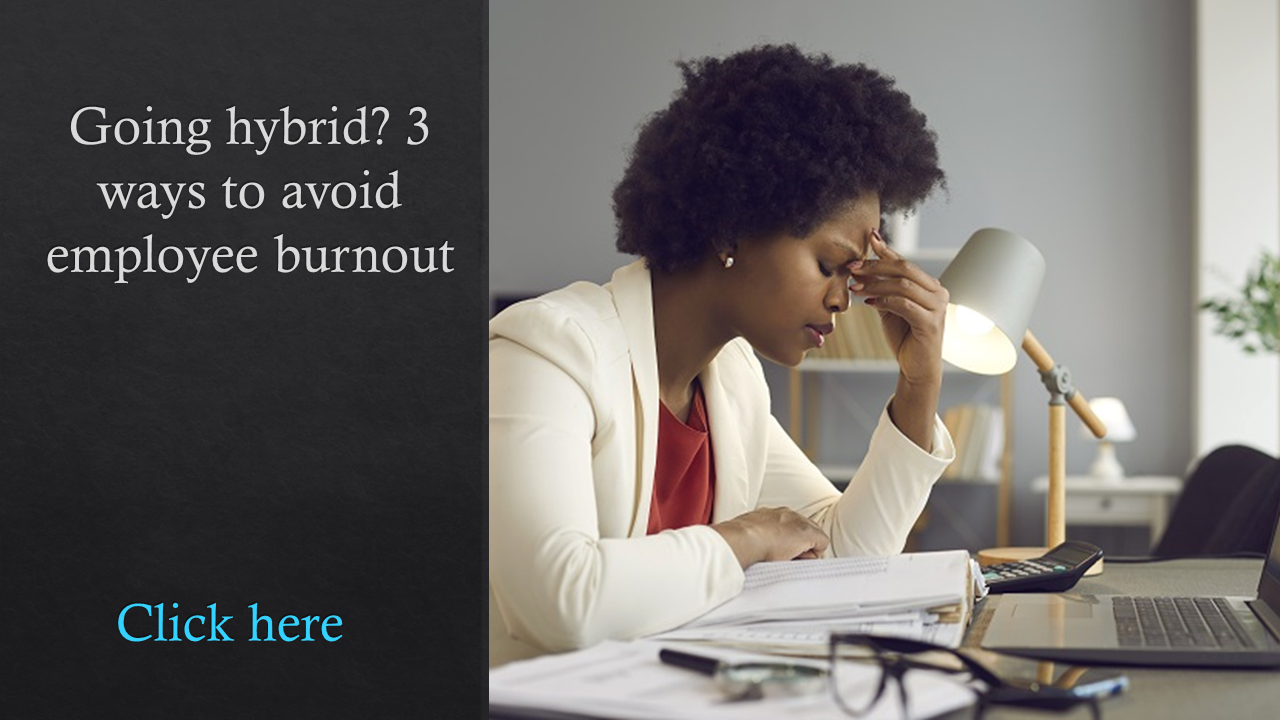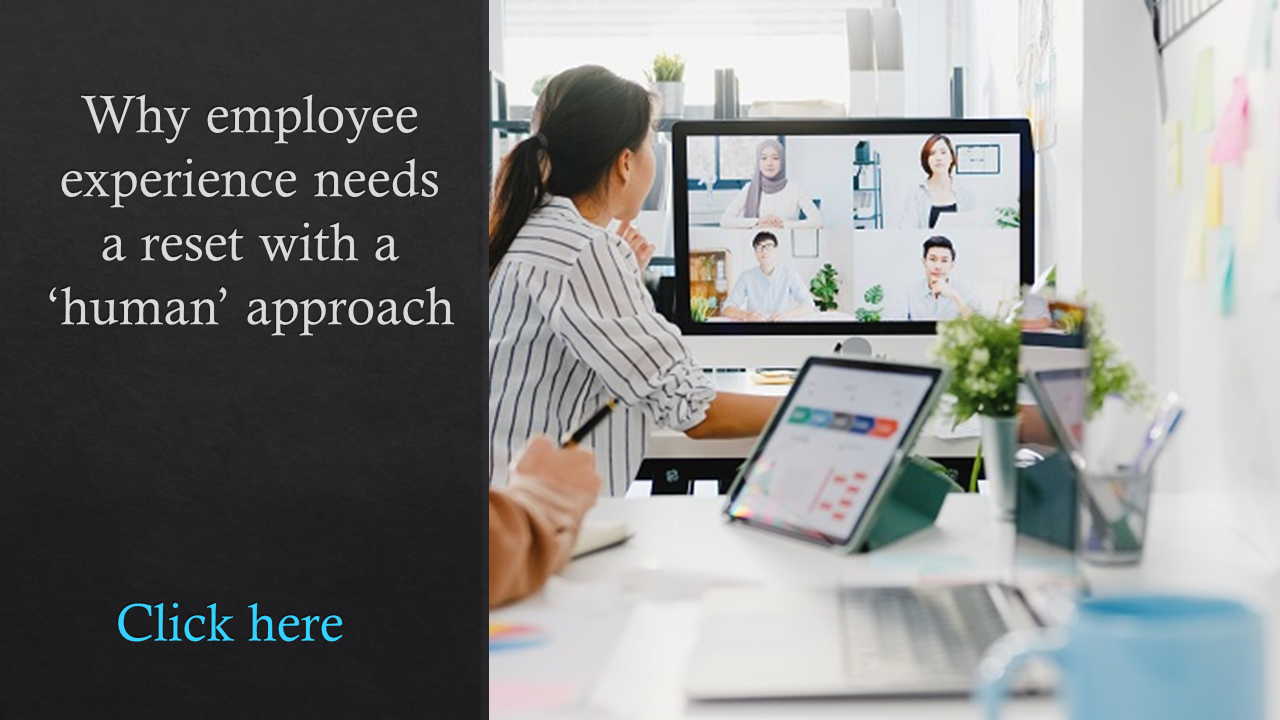Like most companies, tech firm Momentive—formerly SurveyMonkey—noticed the toll the pandemic was taking on its employees.
“We saw this persistent theme of fatigue and exhaustion and [employees] having a lot on their plate with minimal outlet,” says Becky Cantieri, Momentive’s chief people officer. The company’s employee surveys confirmed it. Employees were stressed out, but they weren’t taking much of their paid time off, instead holding onto it in hopes they would soon travel or do something more meaningful with it.
In response, the tech firm decided to do something that would force all of its 1,500 employees to take a break with little guilt attached: close down the office and give all of its workers a summer week off. It did so July 5-9, giving the team a chance to “rest, recharge, regroup and catch their breath a bit,” Cantieri says.
Momentive isn’t alone in embracing the movement. Companies including Bumble, Mailchimp, LinkedIn, Podium, Guild Education and more are turning to collective time off in an effort to alleviate employee stress and take aim at burnout, which is plaguing workers—and employers—all over the nation. Those employers closed down operations for a week, while others including SAP and Thomson Reuters have embraced company-wide mental health days.

Katie Morrow of Podium
“From an HR or benefits standpoint, you’re trying to maximize the return on investment that you give to your people,” explains Katie Morrow, Podium’s senior director of people operations. “This is one of the very best—it feels like for everybody, there’s a collective sense of relief and energy that comes back when they return.”
Momentive’s week off came in addition to employees’ individual paid time off, paid holidays and another office closure between Christmas and New Year’s. “The beauty of the recharge is, for the most part, the entire company shuts down,” Cantieri says. “Email traffic comes to a screeching halt, no meetings are scheduled—it [gives employees] the ability to turn it off, knowing that everybody else is turning it off too.”
Taking aim at COVID-19 stress, burnout
The move from employers comes as many are trying to deal with pandemic-related challenges that have taken a serious toll on their workforce.
Research shows burnout and other mental health ailments are continuing to soar as a result of nearly a year-and-a-half of the pandemic and its associated challenges. More than four in 10 employees (44%) say they are more burned out on the job today compared to a year ago, according to a recent survey of 2,800 workers from global staffing firm Robert Half. Nearly half of employees experiencing increased fatigue (49%) blame it on a heavier workload.
“Running on empty can have a negative effect on employees’ mental health and wellbeing, and managers should make it a priority to encourage their teams to enjoy a well-deserved vacation,” says Paul McDonald, senior executive director at Robert Half.
Employees widely, though, haven’t been taking much time off. Last summer, 44% of U.S. employees didn’t use any paid time off, according to data from ValuePenguin. Plus, taking individual paid time off often comes at a price, Morrow says.
“A lot of times when you go on vacation, it feels like you’re making this tradeoff of having a week off but then coming back to a crazy-full inbox and being bombarded with internal messages on Slack when you’re out,” she says.
Robin White, Mailchimp’s chief people and culture officer, agrees.
“Getting everybody away at the same time removes a lot of that burden that sometimes people still feel when they’re taking vacation, but they are still checking in, they’re concerned about how that project is or if their boss is sending general communications and they feel they should respond,” White says.
‘The most refreshing break’
 Employers that have embraced the benefit are quick to tout its success. Mailchimp piloted a collective break for its 1,200 employees when it closed down for a full week last year between Christmas and New Year’s.
Employers that have embraced the benefit are quick to tout its success. Mailchimp piloted a collective break for its 1,200 employees when it closed down for a full week last year between Christmas and New Year’s.
The reaction was overwhelmingly positive. “People were giving us feedback like, ‘This was the most refreshing break I’ve ever had,’ so it really hit home for us,” White says. It was such a success that Mailchimp closed down its office for the second time in seven months during the week of July 5-9.
And employee feedback at Momentive has been more than positive, Cantieri says. The company’s benefits and perks survey—conducted once a year heading into open enrollment and defining offerings for the upcoming year—found that time off is the most highly valued perk and benefit. Employees specifically mentioned the summer recharge. “They’re already campaigning to keep it for 2022,” she says. “In my universe, that’s what success looks like.”
HR leaders say getting everyone away at the same time is especially important given the new stresses and challenges that accompany remote work, including longer hours, fewer breaks and difficulty drawing a line between their personal and professional lives, research shows.

Robin White
“It’s a different kind of energy,” White says of working from home. “It can be draining in some ways. People spend a lot of time on Zoom calls—that’s a different type of focus and energy than if you’re in the office.”
While handfuls of companies turned to collective PTO for the first time this year, Podium, a tech start-up with about 950 employees, has embraced it since 2017 and has seen its benefits for years.
“[The collective week off] is just a really great way to make sure that, while everybody was out, they were truly able to take a break and step away, then come back refreshed and ready to run toward our second half of the year goals. So far, it’s been something that people truly value, and that’s a lot of the reason we started and also continue to do it,” Morrow says.
For Podium, the breaks have boosted employees’ mental health—and surprisingly, their social health too. Morrow says one unexpected result has been a greater sense of camaraderie between workers. Employees share pictures of their vacations or what they’re doing on their time away in a Slack channel so they “get to share a piece of themselves outside of work, whether it’s their family or unique hobby,” Morrow says. Groups of employees have even traveled together during the break.
“There’s a lot of community and culture that happens when everybody takes the same time,” she says. “It creates really deep relationships.”
A growing trend
Although there are some things to work out, implementing a company weeklong vacation isn’t difficult and has had caused few to no disturbances to business, HR leaders attest. Vital operations—like client or customer support—are handled by a handful of employees who then take another week off shortly after.
“If [organizations] are nervous about it, they can always start with extending a weekend to a three-day weekend or a four-day weekend and that could be a really great way to get people breaks during the summer without having to commit to a full week,” Morrow says.
 It’s a trend that may grow as more employers embrace it and report positive results. In addition to combatting burnout—one of employers’ biggest challenges right now—it ultimately could also help in the battle to retain and attract talent.
It’s a trend that may grow as more employers embrace it and report positive results. In addition to combatting burnout—one of employers’ biggest challenges right now—it ultimately could also help in the battle to retain and attract talent.
“We almost have 15 months of pent-up attrition. Employees could leave unless we position ourselves as a very progressive, forward-looking employer,” Mailchimp’s White says. “It’s certainly a good idea for organizations to have collective time to shut their operations down, once a year, twice a year–whatever makes sense—or have a closure over a holiday or a slow time. I think there’s a lot of opportunity to play in this space.”